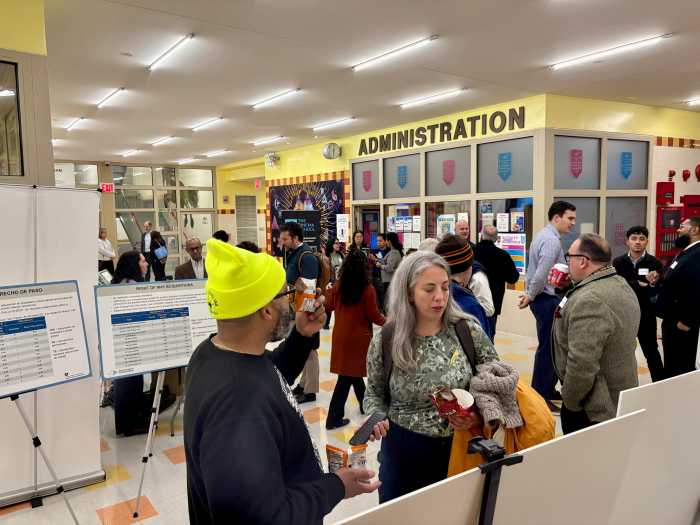On-demand streaming services are in demand.
As more people look to take the studio experience home, they have more ways than ever before to do just that.
Streaming services have gained a larger share of fitness junkies’ budgets in recent years: According to a 2017 report from Cardlytics, a marketing analytics company, payments to on-demand fitness services increased to 7.7 percent of the total spent on workouts in 2016, from 4.8 percent two years prior.
In 2018, that number is likely to increase, especially as more players enter the digital scene. Notably, ClassPass, the 5-year-old NYC-based startup that offers members access to studios, is expanding into the space with ClassPass Live, a livestreaming video workout subscription set to launch in early 2018.
“The digital fitness space has seen explosive growth,” says Jenny Wu, general manager of ClassPass Live, citing a recent report from Research and Markets that found that the global fitness market (think smartwatches, fitness bands and smart clothing) is expected to grow by more than 30 percent from 2017 to 2022.
On-demand was a “natural extension” for ClassPass, an app and website platform, Wu says. “With our extensive database and technology, we were able to develop a product that is very well positioned to bring value to our clients [and] position the company to be a prominent player in one of the fastest-growing fitness verticals.”
Since 2009, online news publication Well+Good has published trend predictions for the coming year; included among its 18 trends for 2018 is “bringing the fitness studio home.”
“Our editors started noticing that literally not a week went by without them getting some announcement, whether it’s a new studio or new person, launching an on-demand service,” says Well+Good co-founder and CEO Alexia Brue. “While these have existed for a while, we’re now seeing the DVD market really transition into on-demand and livestreaming.”
Brands in the space range from Peloton, a high-tech indoor cycling company now valued at about $1.25 billion, to audio-based training apps like Aaptiv to Instagram sensations like fitness trainer Kayla Itsines, Brue notes.
The two factors for a company to go digital are to reach a wider audience and at a more affordable cost to users.
“We really wanted to make boutique fitness accessible to everyone,” Wu says. “We felt the best way was to create a low barrier-to-entry product that brings boutique fitness to your living room.”
At launch, ClassPass Live will cost $10 a month for existing ClassPass members and $15 a month for new; both will have unlimited access to live workouts, offered Monday through Friday in the morning across multiple time zones, as well as archived, on-demand workouts.
When Tracy Anderson launched her TA Real Time streaming program, affordability was a key factor.
“I’m really proud of how we use the technology to let people into our experience, which is actually a really expensive experience,” says Anderson, whose studio memberships start at $900 a month, versus $90 a month for her online studio. “And we’re not dumbing down the gym experience.”
Since debuting in 2014, TA Real Time has subscribers in more than 50 countries. In February, it will launch a premium upgrade, offering subscribers more access to online workouts for an additional $39.99 a month, as well as a program geared toward teens.
For consumers, convenience and variety are major draws to the digital space.
“Before, you’d buy a DVD, there will be a couple workouts on them, you’ll get really sick of them and by and large the content was cheesy,” Brue says. “What’s really new in our eyes in all of this explosion in on-demand fitness content is it really brings the excitement of the fitness studio into the home.”
When ClassPass Live launches, its live classes will be filmed in a production studio in Sunset Park’s Industry City, with an instructor leading a group in the workout.
“We wanted the ClassPass Live workout to feel like the same magic as a boutique fitness experience,” Wu says.
Though devotees of a particular fitness brand can connect through hashtags, what can be missing from the digital experience is a sense of community, Brue notes.
“A lot of people love the community of the studio, the culture, whether you’re a Barry’s person, or a SoulCycle person, whatever it is, it does become a community,” she says. “But I think that’s offset by convenience.”
For now, Brue has her eyes on next month’s Consumer Electronics Show in Las Vegas, where the latest advances in at-home fitness equipment will likely be unveiled.





































